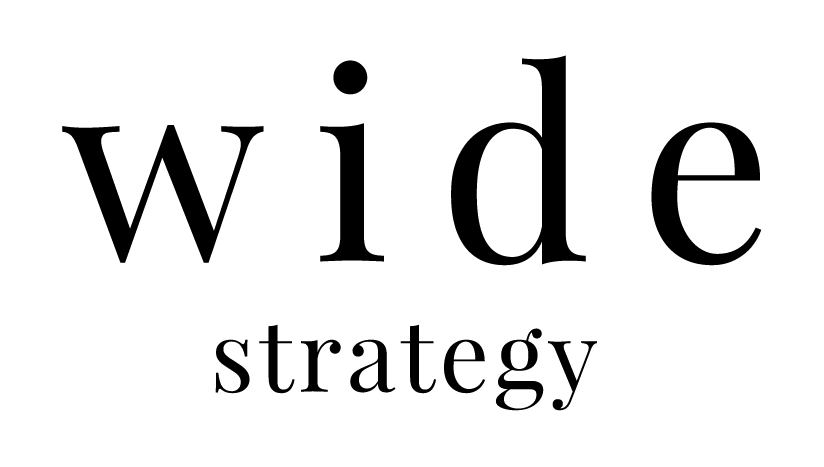Why is it That Creativity and Innovation are the Most Sought for Skills By CEOs?
Originally posted on Forbes and written by Chris Westfall
According to this PWC survey, 77% of CEOs struggle to find the creativity and innovation skills they need. Why, in the era of AI and digitalization, are soft skills like creativity and innovation in such high demand? And what can you do to prepare yourself to fill the current market gap?
Critical Skills: When Creativity Didn’t Matter
In the early days of the industrial revolution, patterns mattered more than people. From the factories of Henry Ford, to the work of Edwards Deming, the process was the pattern, and the pattern was profitable. Making sure that every widget, gadget and Model T rolled off the line with consistency meant limiting variables. Creativity drove Mr. Ford and others to design innovative systems. And then, they put the brakes on creativity. Innovation was engineered out of the process. Variance meant failure. Variables were identified, isolated and eliminated. Profitability grew, and widgets were delivered.
Ah, the good old days. When cars were black, the air was gray and America was great (for the first time).
Seems like organizations today are trying to solve multiple challenges, with more unknowns, than Henry Ford could have ever imagined.
Edwards Deming was the father of continuous improvement, and his ideas on quality (while originally rejected in America) formed the backbone of the Japanese industrial machine, in mid-to-late 20th century. The process - particularly the manufacturing process - was the goal of Deming’s emphasis on continuous improvement. And, while he championed things like “intrinsic motivation” and “transformation” in his book, The New Economics, his concepts remained firmly pointed at process improvement, pattern matching and increased efficiency.
Today, work doesn’t follow a pattern. Or, if a pattern exists, machines and algorithms will process that information faster and perform tasks quicker than even the most experienced human worker can. In this era of AI and information overload, it’s no wonder that CEOs are seeking creativity and innovation. Because innovation can't be automated - at least, not yet.
Critical Skills: The Pattern Interrupt
A common concept from the world of NLP (neuro-linguistic programming, a methodology for accessing the way our minds are designed to work) is the idea of a pattern interrupt. The benefits of a pattern interrupt are easy to see: when patterns are broken, perspectives can shift. Insights are discovered.
Yet the pattern interrupt is a problem on the assembly line. So why would someone - like me - advocate for this kind of behavior, on the pages of Forbes.com? Because the world has changed. And the old patterns don't work anymore.
Productivity, in the information age, requires the pattern interrupt - if we are going to fill the gaps identified in the PWC survey. While Deming, Ford and others offer incredible insight into designs for the industrial age, their strategies are historical reminders, not patterns that most employees today need to follow. Systems (of safety and service delivery) are important, and must not be forgotten - but innovation is the new execution. Today, finding new ways of delivering excellence is the only way to pursue it. And the human element is the key to delivering those results.
Critical Skills: The Seven Deadliest Words In Business Today
Matching a pattern, and simply performing in the way that others have, isn’t a recipe for career success. Or organizational performance. There’s a balancing act between the elements of a task that need to be followed and repeated (such as generally accepted accounting principles, for example) and the search for innovation. Consider these seven words. They represent a great recipe for a mid-century industrial organization, or a poison cocktail for a modern one: That’s the way we’ve always done things."
The ability to innovate is a uniquely human characteristic. This Forbespost from Bernard Marr points to seven skills that machines can’t do better than humans. Strategy, critical thinking and empathy make the list - skills that are born from creativity, a uniquely human characteristic.
The delivery method of these highly-desired skills isn’t an assembly line. Or a pattern that seeks to eliminate variables.
Because consistent performance comes from consistently embracing variables. In the modern era, there are too many variables. When humans interact towards a goal, the unexpected is to be expected. Think of the number of variables inside your organization: the assembly line model doesn't fit for a culture of collaboration, communication and impact.
Critical Thinking Skills: Innovation Beyond The Algorithm
Innovation is the only way forward. New ways of looking at people and processes are the best ways to improve them.
Ultimately, the source of these highly desirable soft skills is imagination - another uniquely human characteristic, and one we all share. The ability to ask, “What if…?” and see new possibilities, beyond a pattern, is the mission of every leader today. Even if you don’t self-identify as innovative, imaginative or creative, look again. Because if what you are creating is a repetitive process, it might be time for a pattern interrupt. Critical thinking is what’s needed. So, can you create an innovative solution for your organization? Because there’s no AI for that.
